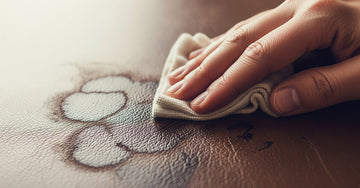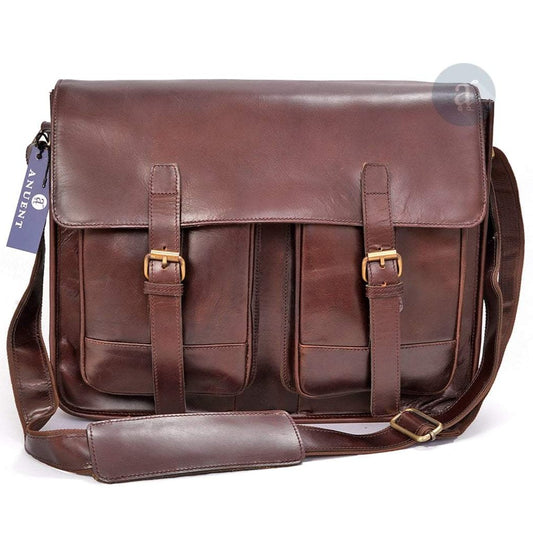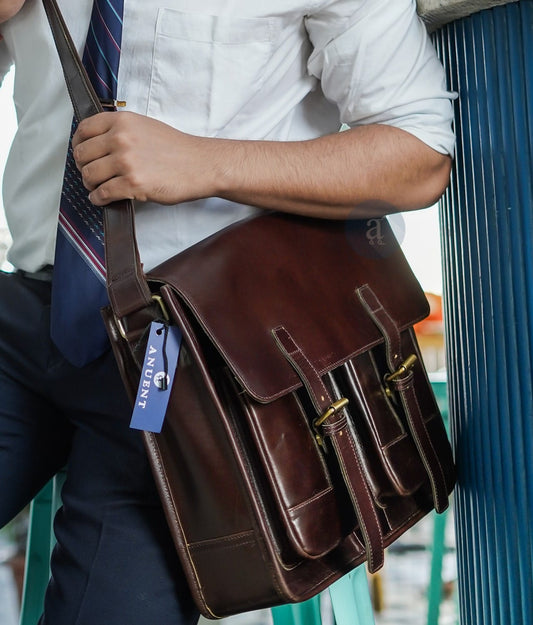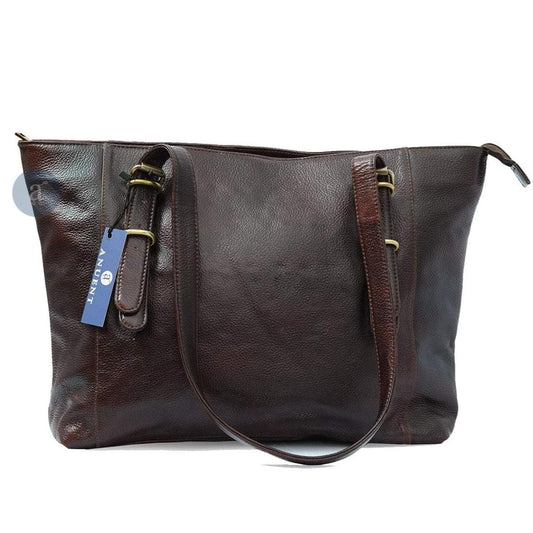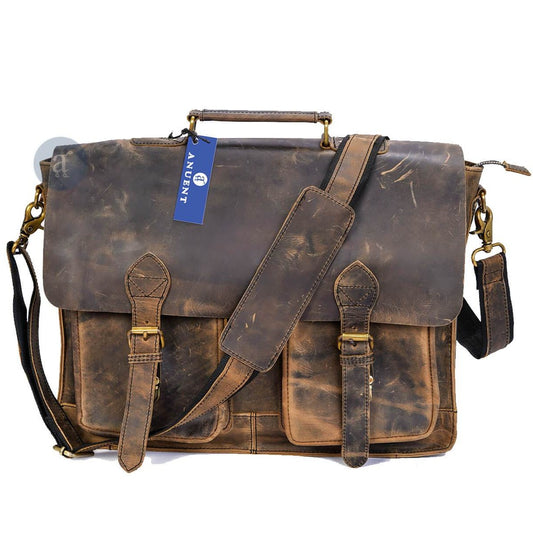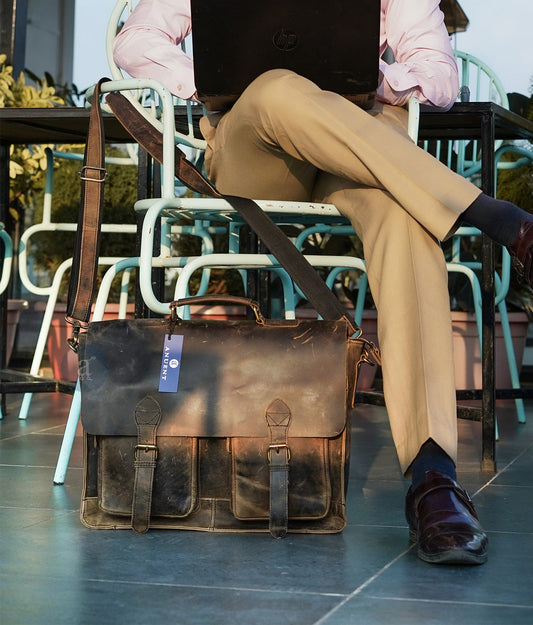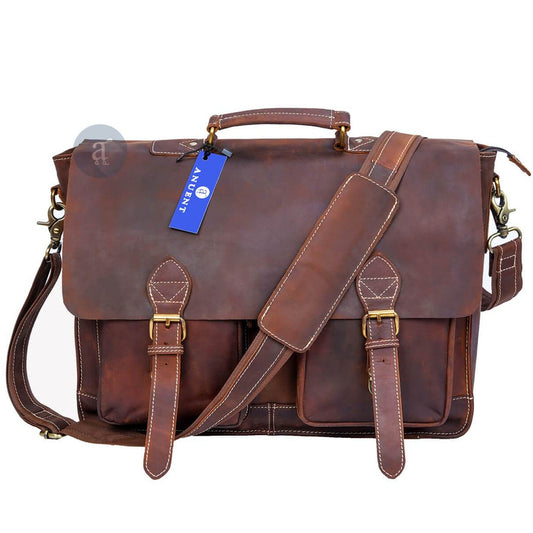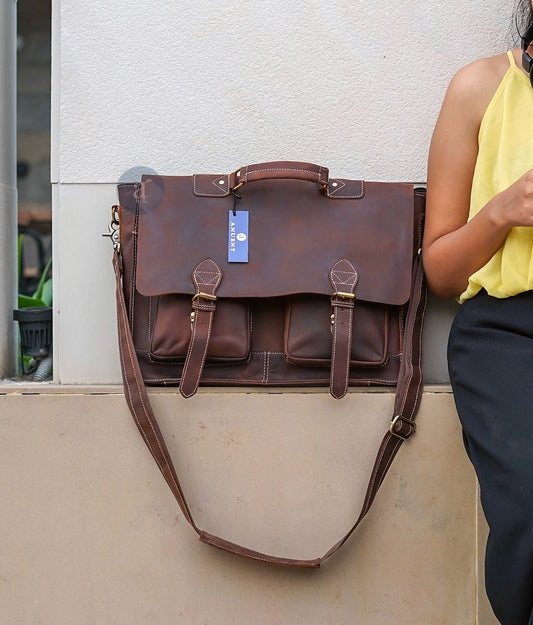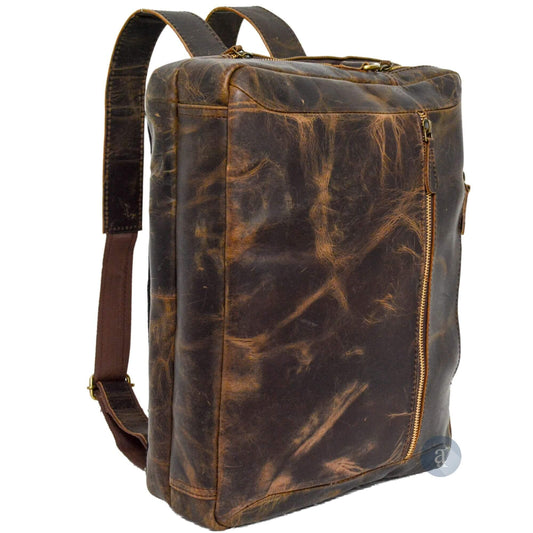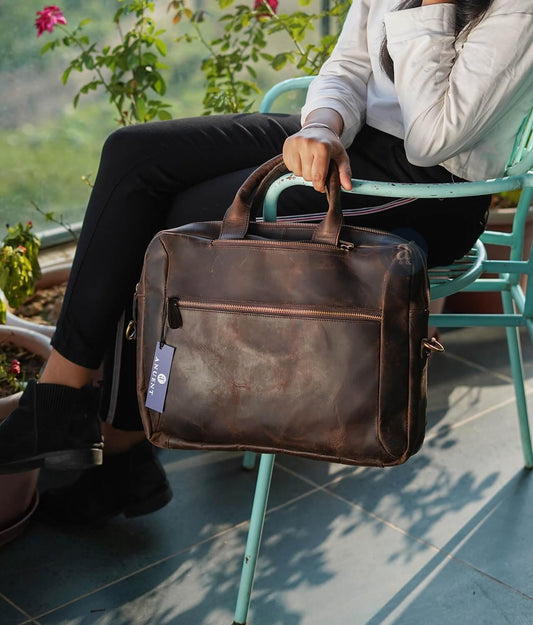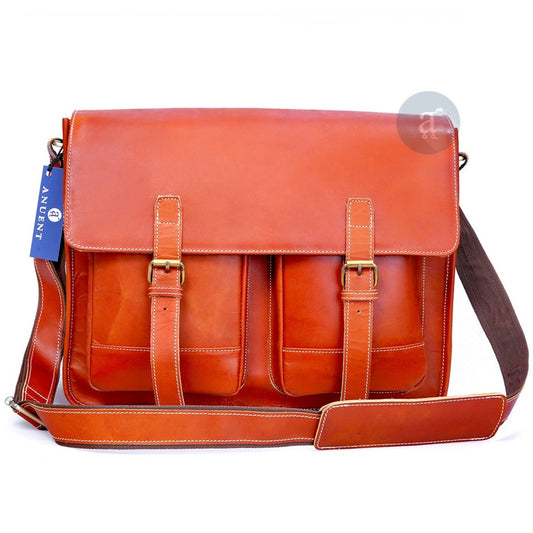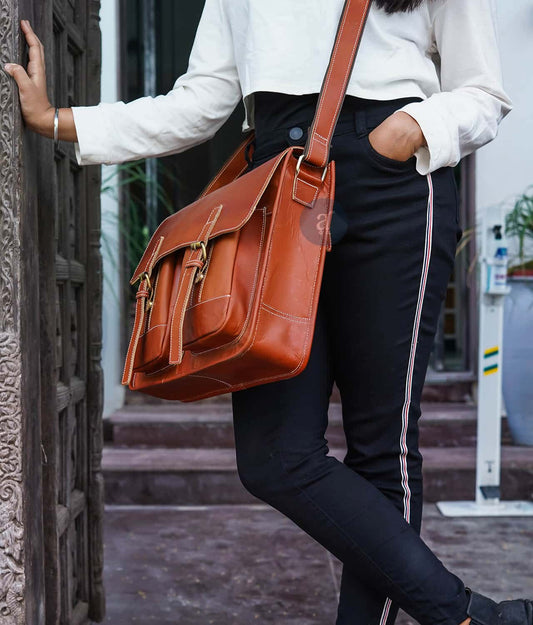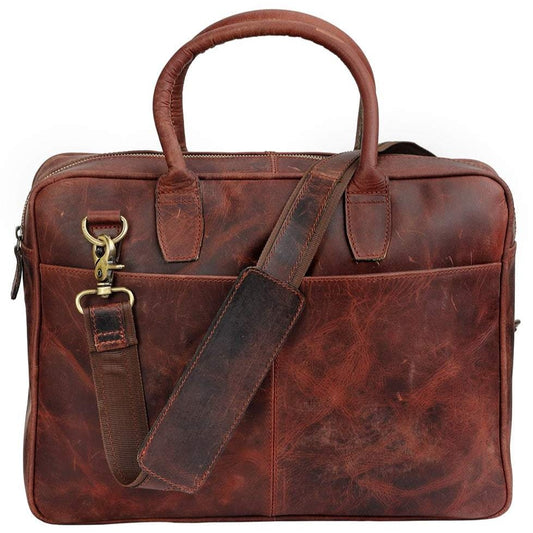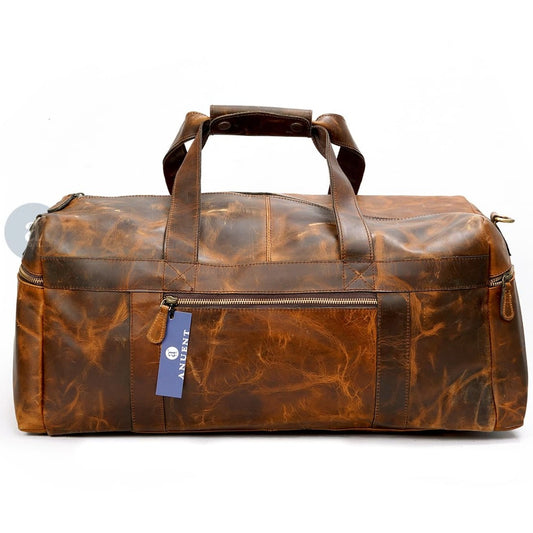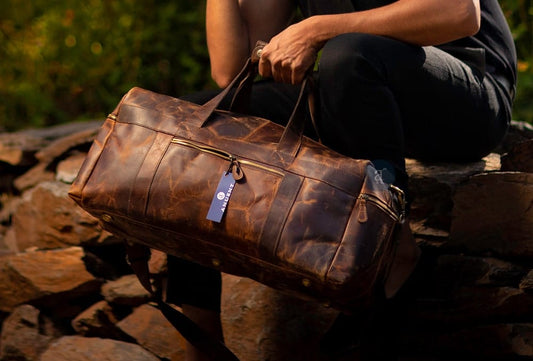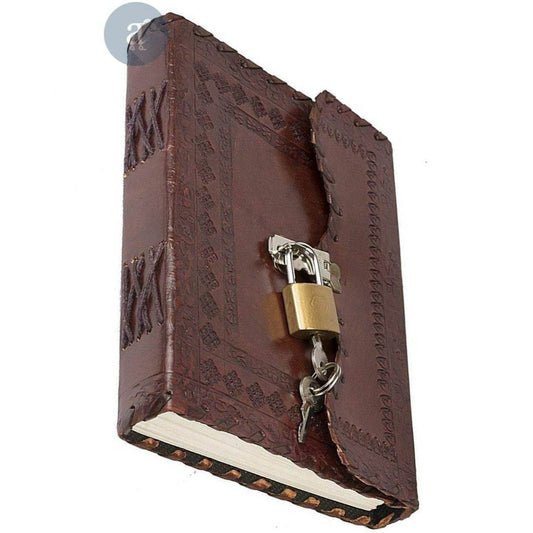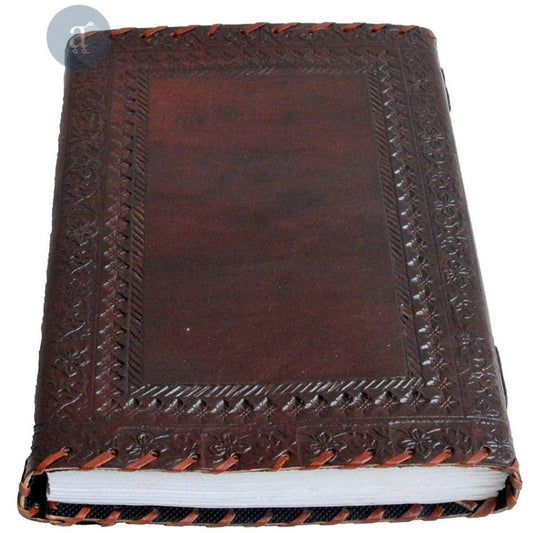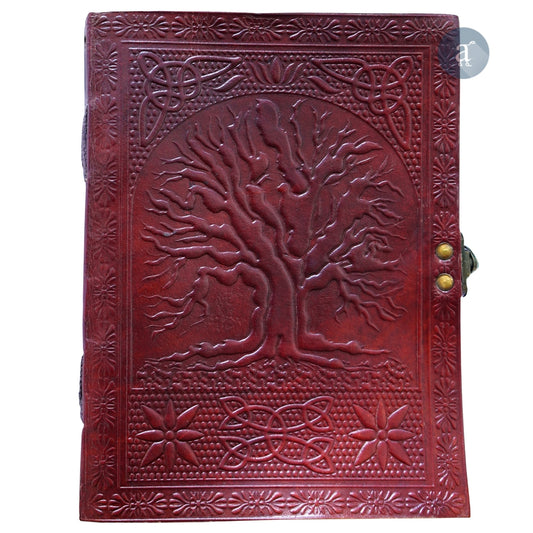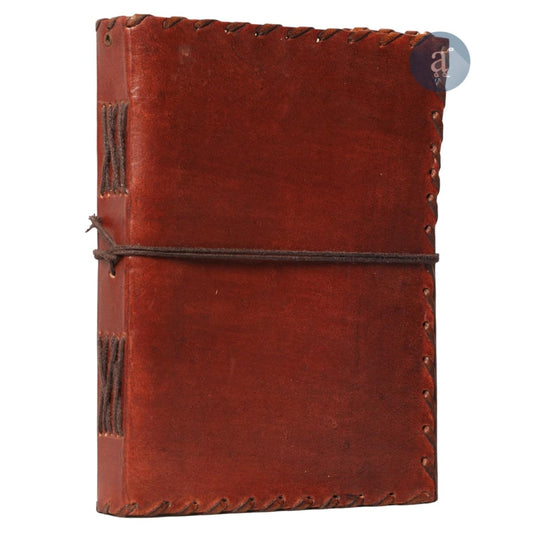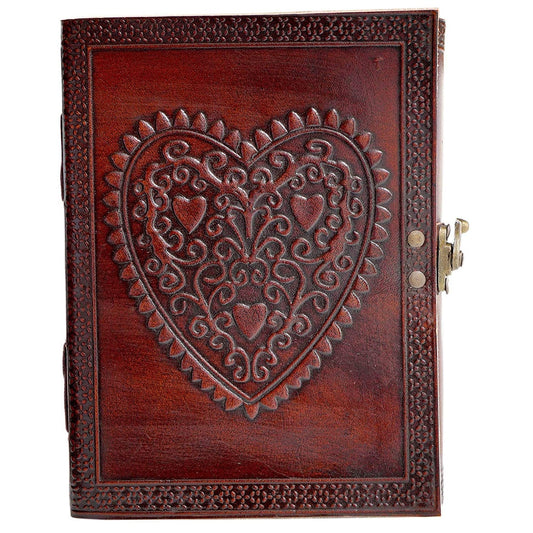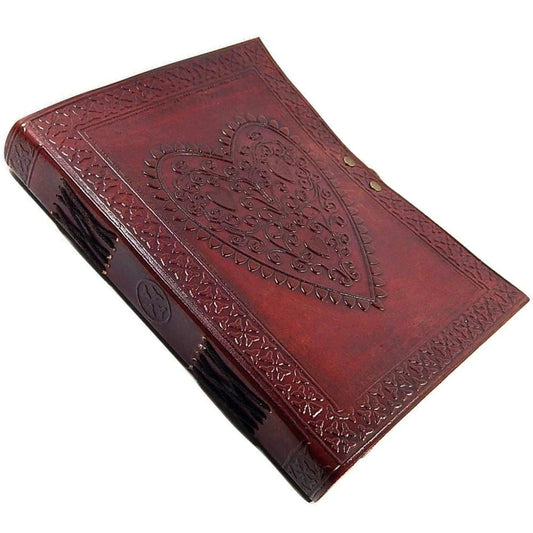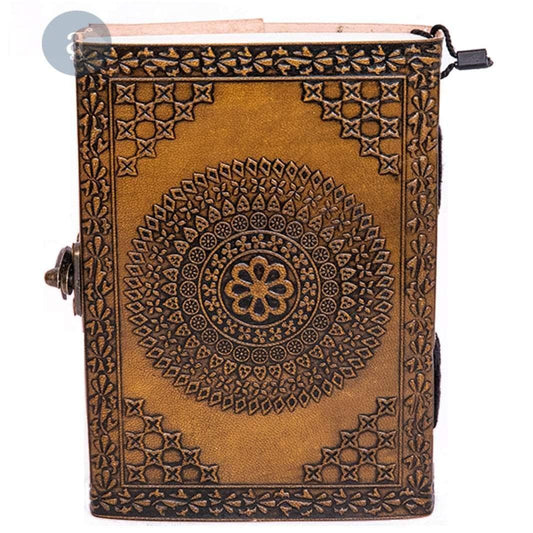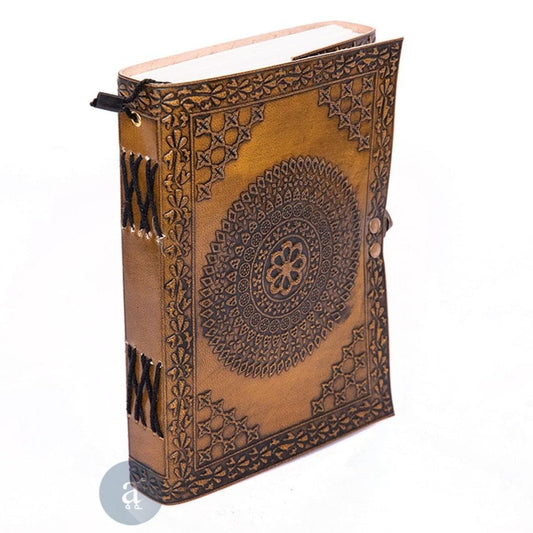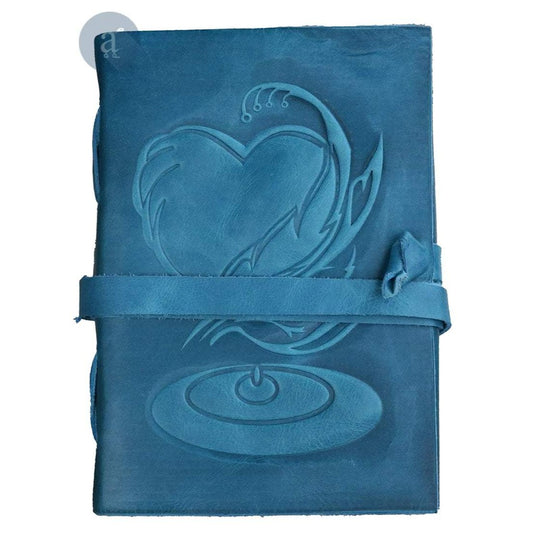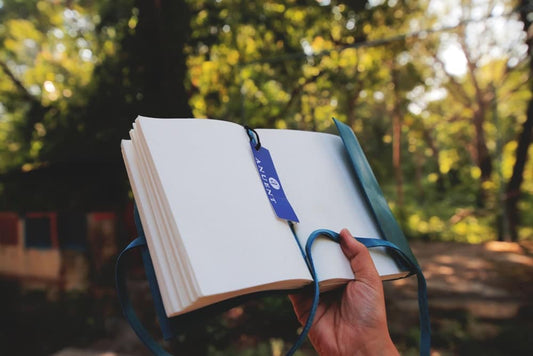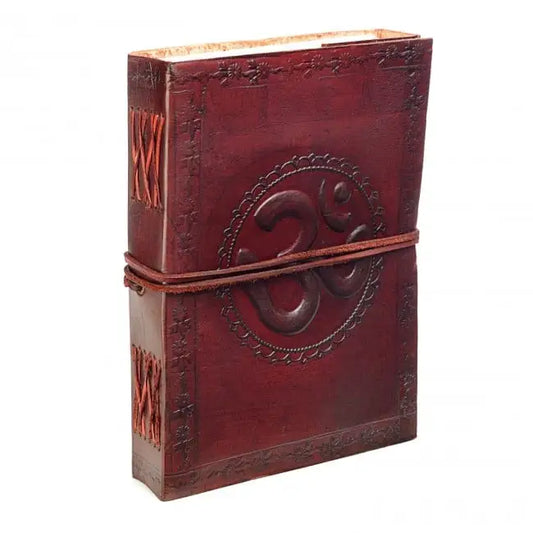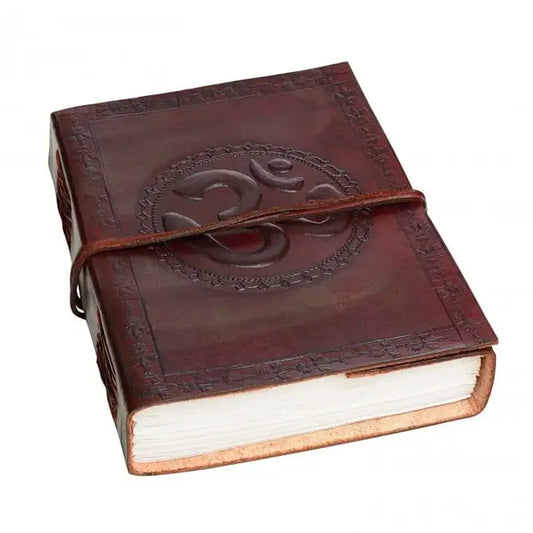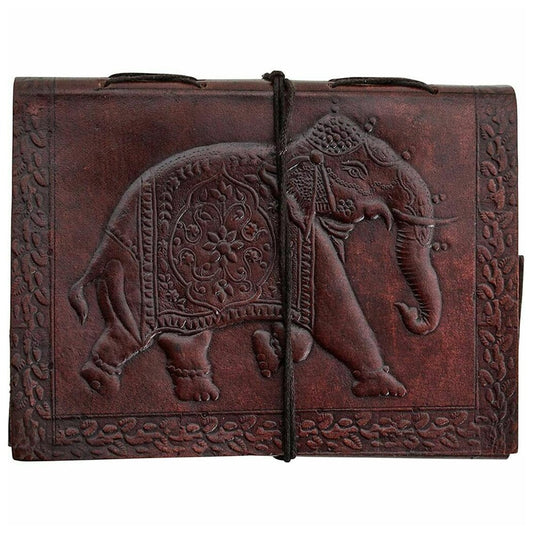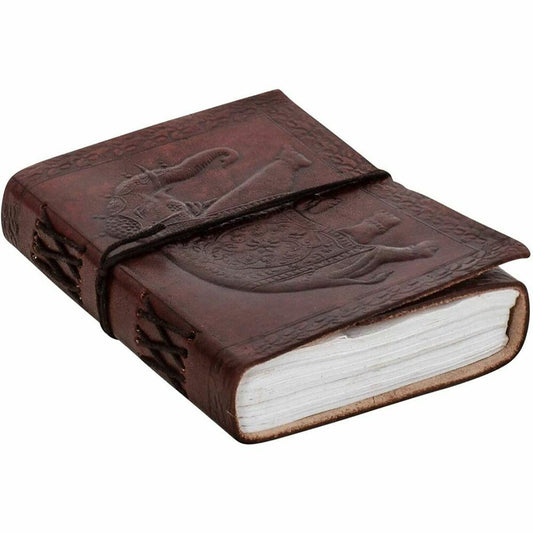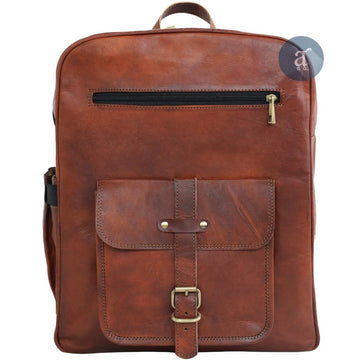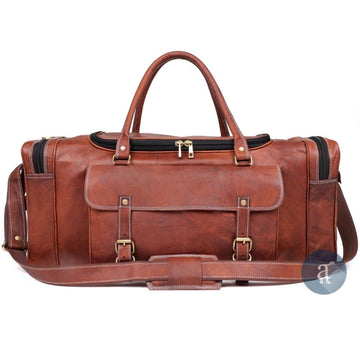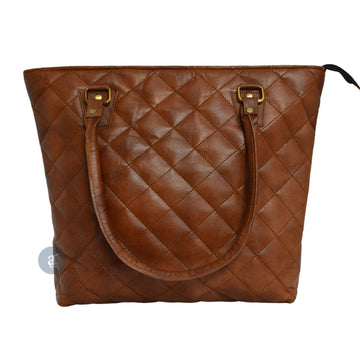So, You've Got a Stain on Your Leather? Don't Panic.
Picture this: movie night was a huge success, but the morning-after reveals a greasy pizza casualty right on your pristine leather ottoman.
Or maybe a guest got a little too expressive with a glass of red wine.
That gut-punch feeling is universal. Your beautiful, expensive leather has a blemish.
Before you reach for some all-purpose cleaner under the sink (please don't!), take a deep breath.
I've seen it all, and I'm here to tell you that you can often fix this yourself.
You just have to be smart about it.
Let's walk through how to tackle the most common culprits without making things worse.
STOP! Before You Touch Anything, Do This First.
Seriously, don't skip this part. This is the difference between a saved couch and a costly mistake.
- Play Detective: What Kind of Leather Are You Dealing With? Find a hidden spot on your furniture—under a cushion, on the back—and drop a single droplet of water on it. If the water beads up and sits there, you're likely dealing with finished (or pigmented) leather. This is good news; it has a protective coating and is your best bet for DIY cleaning. If the water immediately soaks in and darkens the spot, you have unfinished (aniline or nubuck) leather. For this type, my honest advice is to stop here and call a professional. It's incredibly sensitive.
- The Hidden Spot Test is Non-Negotiable: Even with finished leather, you MUST test your cleaning solution on that same hidden spot. Let it dry completely. No color change? No damage? Okay, now you can proceed to the main event.
The Dreaded Grease or Oil Stain
This one looks terrifying, but it's surprisingly manageable if you catch it early.
The absolute enemy here is water. Don't even think about it.
Your first line of defense is absorption.
- Blot. Do Not Rub. Grab a clean, dry microfiber cloth and just press it onto the fresh stain to lift off any surface-level oil. Rubbing will just push it deeper into the leather's pores.
- Bury It in Cornstarch (Seriously). Cover the entire stain with a generous mound of cornstarch or talcum powder. Don't be shy; you want a little mountain here. Think of it as a tiny army of sponges.
- Patience is a Virtue. Now, walk away. You need to let that powder sit for at least a few hours, but overnight is even better. It's slowly, silently pulling that stubborn oil out of the leather.
- The Big Reveal. Gently brush the powder off with a soft brush (a clean toothbrush works). The stain should be dramatically better, if not gone. If a faint spot remains, you can repeat the process.
That Awkward Water Ring
I know, putting *water* on a water stain sounds completely insane.
But trust the process.
A water ring happens because the edges dried differently from the rest of the leather.
The goal is to re-wet the area and blend the edges so it all dries as one uniform piece.
- Get a Soft Cloth and Some Distilled Water. Why distilled? Tap water has minerals that can leave their own spots. We're trying to solve problems, not create new ones.
- Blend from the Inside Out. Dampen your cloth (it should be damp, not dripping wet) and start wiping from the center of the stain, feathering your strokes outward toward the nearest seam or edge of the cushion. You're trying to erase the "line" of the original stain by creating a larger, evenly damp area.
- Hands Off! Let It Air Dry. Step away from the hairdryer. Heat will warp and crack the leather, creating a much bigger problem. Just let it dry naturally, away from the sun or heat vents.
- Bring Back the Softness. Once it's bone dry, the leather might feel a bit stiff. This is the perfect time to work in a good leather conditioner to restore its supple feel.
The Ink Stain Nightmare
Okay, this is where things get dicey. Ink is tough.
If this stain is on your prized leather armchair, calling a pro is a smart move.
But if you're feeling brave and dealing with a small mark, you have a couple of options.
- The Risky DIY: Isopropyl Alcohol. Dip just the tip of a cotton swab into rubbing alcohol. Gently dab—don't scrub!—at the ink. You should see the ink lift onto the swab. Use a fresh spot on the swab for every single dab to avoid smearing. This method *can* also lift the leather's color, which is why it's so risky.
- The Smarter Choice: An Ink Remover Stick. You can buy sticks made specifically for removing ink from leather. They cost a few bucks and are infinitely safer than the alcohol method.
- Immediate Aftercare is Crucial. Alcohol will suck the life and moisture right out of your leather. After the ink is gone and the spot is dry, you absolutely must follow up with a quality leather conditioner to prevent it from cracking.
These quick methods can work for minor spots. But because ink stains are so tricky, we've put together a more comprehensive article covering different types of ink and leather.
For a deeper dive, read our complete guide on how to clean ink off leather.
Okay, It's Time to Tag in a Professional
Look, there's no shame in knowing when you're outmatched.
Don't be a hero and ruin your expensive couch. Call a professional leather cleaner when:
- You have no idea what the stain is.
- You're dealing with delicate aniline or nubuck leather.
- A DIY attempt went sideways, and the stain looks even worse.
- The item is something you truly cherish (that vintage jacket, the designer bag, etc.).
Frequently Asked Questions (FAQ)
So, can I just use vinegar on leather?
Please don't. Just... no.
Vinegar is an acid. It might seem like it's working at first, but it's slowly eating away at the protective finish of your leather, causing it to become brittle and crack over time.
It's a short-term fix with long-term consequences.
What's the real talk on cleaning fancy aniline leather vs. my durable couch?
Think of it this way: your durable couch has a clear coat, like a car.
It's pigmented, finished, and designed to take some abuse.
Aniline leather is like untreated, raw wood.
It's gorgeous and soft because it's naked and natural, but it will drink up any spill instantly.
You clean your couch; you generally have a professional service your aniline pieces.
Will a good leather conditioner just buff out a stain?
Nope. A conditioner is a moisturizer, not a cleaner.
Using it on a stain will just seal the stain in, making it even harder to remove later. Always clean first, then condition after.
Help! I rubbed too hard, and the color came off. Am I doomed?
Not necessarily doomed, but you've graduated from cleaning to restoration.
You'll need a leather repair kit or a color-matched balm.
These are like targeted dyes that can fill in the spot. It takes a careful hand, but it can be done.

